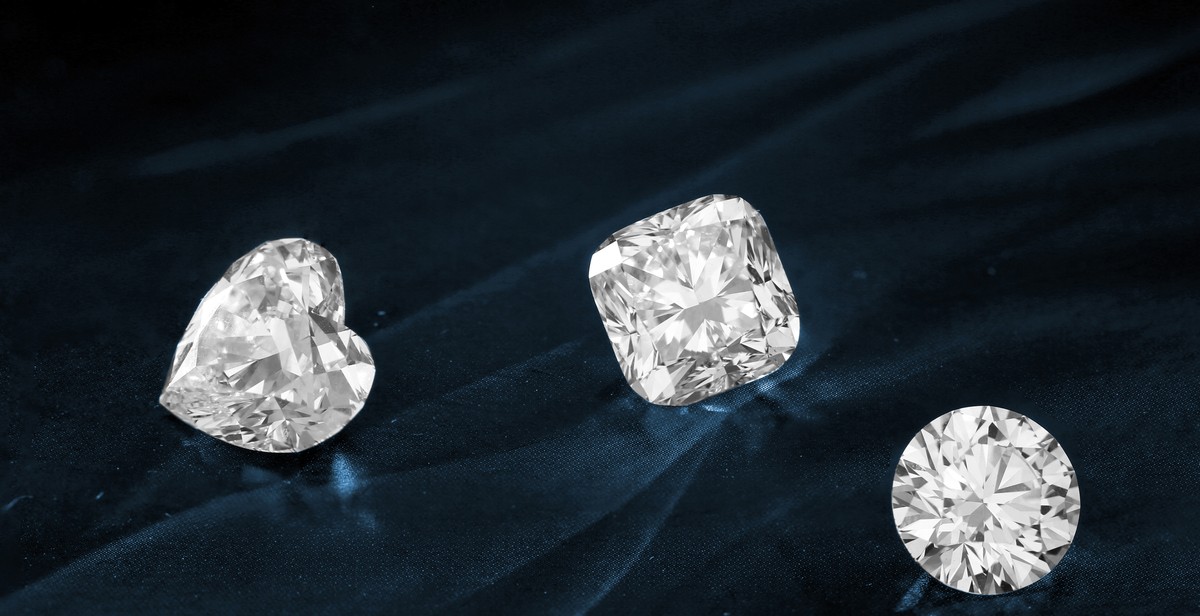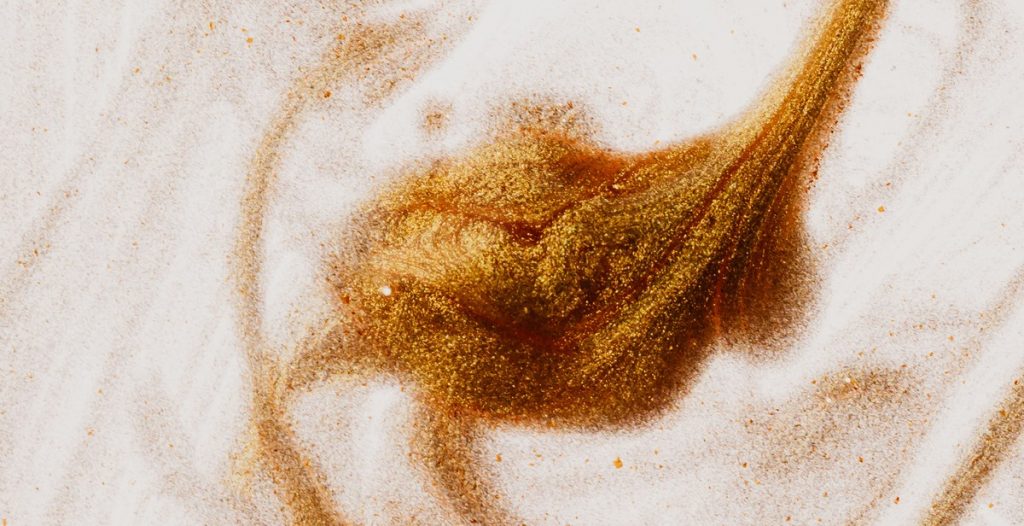What is the Difference Between Karats and Carats?
When it comes to measuring precious metals and gemstones, two similar-sounding terms often come up: karats and carats. While the two words may sound interchangeable, they actually refer to two entirely different things. Understanding the difference between karats and carats is important for anyone interested in buying or selling jewelry, as well as those who work in the jewelry industry.
What is Karat?
Karat (abbreviated as “kt” or “K”) is a unit of measurement used to indicate the purity of gold. Specifically, it refers to the percentage of pure gold in a piece of jewelry. For example, 24 karat gold is considered to be 100% pure gold, while 18 karat gold is 75% pure gold and 25% other metals such as copper or silver. The higher the karat, the more valuable and expensive the gold is.
What is Carat?
Carat (abbreviated as “ct”) is a unit of measurement used to indicate the weight of gemstones, such as diamonds. One carat is equal to 0.2 grams, or 200 milligrams. The value of a gemstone is often determined by its carat weight, as well as its cut, clarity, and color. Generally speaking, the larger the carat weight, the more valuable and expensive the gemstone is.
Now that you understand the difference between karats and carats, you can make more informed decisions when buying or selling jewelry. Keep in mind that while karat and carat may sound similar, they refer to two entirely different things when it comes to jewelry.

Karat vs Carat: The Difference
It is easy to confuse karat and carat, as they are spelled similarly and are both used to describe measurements in the jewelry industry. However, they have very different meanings and implications.
Karat
Karat is a measure of the purity of gold, with 24 karats being the purest form of gold. Pure gold is too soft for jewelry making, so it is usually mixed with other metals like copper, silver, or nickel to make it more durable. The karat value indicates the percentage of pure gold in the mixture. For example, 18 karat gold is 75% pure gold and 25% other metals.
The karat system is widely used in the United States and Europe, where jewelry is commonly sold in 10k, 14k, 18k, and 22k varieties. The higher the karat value, the more expensive the piece of jewelry will be, as it contains a higher percentage of pure gold.
Carat
Carat, on the other hand, is a measure of the weight of a diamond or other precious stone. One carat is equal to 200 milligrams or 0.007 ounces. The term originated from the carob seed, which was used as a unit of weight in ancient times because of its consistent size and weight.
The carat weight of a diamond is a significant factor in determining its value, but it is not the only factor. The quality of the diamond, including its cut, clarity, and color, also plays a role in its value. A larger diamond with poor quality may be worth less than a smaller but high-quality diamond.
The Difference
The primary difference between karat and carat is that karat measures the purity of gold, while carat measures the weight of a diamond. They are two entirely different units of measurement and cannot be used interchangeably.
It is essential to understand the difference between karat and carat when purchasing jewelry or diamonds. For example, a piece of jewelry that is 14 karat gold may be less valuable than a piece that is 18 karat gold, but a 1-carat diamond may be more valuable than a 2-carat diamond of lower quality.
- Karat measures the purity of gold
- Carat measures the weight of a diamond
- Karat and carat are two entirely different units of measurement
Understanding the difference between karat and carat can help you make informed decisions when it comes to purchasing jewelry or diamonds. It is essential to consider both the karat value of gold and the carat weight and quality of diamonds when determining the value of a piece of jewelry.

Karat in Jewelry
Karat or K is a unit of measurement used to determine the purity of gold. It is denoted by a number followed by the letter K. For example, 24K gold is pure gold, which means it is 99.9% gold. The higher the karat, the more pure the gold is.
When it comes to jewelry, karat is an important factor to consider because it determines the value and durability of the piece. Higher karat gold is softer and more malleable, while lower karat gold is harder and more durable. Therefore, 24K gold is not suitable for everyday wear as it can easily scratch and bend, whereas 14K or 18K gold is more suitable for jewelry that is worn regularly.
Types of Karat in Jewelry
The most common types of karat used in jewelry are:
- 24K Gold: This is pure gold and is not commonly used in jewelry due to its softness and malleability.
- 22K Gold: This is 91.7% gold and is commonly used in traditional and ethnic jewelry.
- 18K Gold: This is 75% gold and is commonly used in high-end jewelry as it is durable and has a rich color.
- 14K Gold: This is 58.3% gold and is the most popular type of gold used in jewelry as it is durable and affordable.
- 10K Gold: This is 41.7% gold and is the minimum karat that can be legally sold as gold jewelry in the United States.
How to Determine Karat in Jewelry
The karat of gold in jewelry can be determined by looking for a stamp or hallmark on the piece. This stamp will indicate the karat of the gold and the manufacturer’s mark. In the United States, the karat stamp is required by law to be accompanied by the manufacturer’s mark or registered trademark.
It is important to note that not all gold-colored jewelry is made of gold. Some jewelry is made of other metals that are plated with a thin layer of gold. This is referred to as gold-plated or gold-filled jewelry and is not as valuable as solid gold jewelry.
Carat in Jewelry
Carat or ct is a unit of measurement used to determine the weight of diamonds and other precious gemstones. One carat is equal to 0.2 grams or 200 milligrams. The carat weight of a diamond or gemstone is an important factor in determining its value, with larger stones generally being more valuable than smaller ones.
Types of Carat in Jewelry
The most common types of carat used in jewelry are:
- 1 Carat: This is equivalent to 200 milligrams or 0.2 grams and is a popular size for engagement rings.
- Half Carat: This is equivalent to 100 milligrams or 0.1 grams and is a popular size for earrings and pendants.
- Quarter Carat: This is equivalent to 50 milligrams or 0.05 grams and is a popular size for smaller earrings and pendants.
- Less than 1 Carat: This is any size of diamond or gemstone that is less than 1 carat in weight.
How to Determine Carat in Jewelry
The carat weight of a diamond or gemstone can be determined using a scale that is specifically designed for weighing jewelry. This scale is highly accurate and can measure the weight of a stone down to a fraction of a carat.
It is important to note that carat weight is not the only factor to consider when determining the value of a diamond or gemstone. Other factors such as color, clarity, and cut also play a significant role in determining the value of a stone.

How to Choose Jewelry Based on Karat and Carat
When it comes to choosing jewelry based on karat and carat, there are several factors to consider. Here are some tips to help you make the right selection:
Factors to Consider
- Purpose: Consider the purpose of the jewelry. Is it for daily wear or for special occasions? This will help you determine the durability and quality of the jewelry you need.
- Budget: Determine your budget before making a purchase. The higher the karat and carat weight, the more expensive the jewelry.
- Style: Choose a style that fits your personal taste and complements your wardrobe.
- Occasion: Consider the occasion for which you are buying the jewelry. Is it for a formal event or for everyday wear?
Tips for Choosing the Right Jewelry
- Check the hallmark: Look for a hallmark on the jewelry to ensure its authenticity and quality.
- Consider the metal: Different metals have different properties. For example, gold is a soft metal and can scratch easily, while platinum is durable and long-lasting.
- Choose the right gemstone: Consider the type, size, and quality of the gemstone when choosing jewelry.
- Consider the setting: The setting of the jewelry can affect its durability and appearance. Choose a setting that complements the gemstone and fits your personal style.
- Get a professional appraisal: If you are buying a high-value piece of jewelry, consider getting a professional appraisal to ensure its value and authenticity.
By considering these factors and following these tips, you can choose the right jewelry based on karat and carat weight that fits your personal style and budget.

